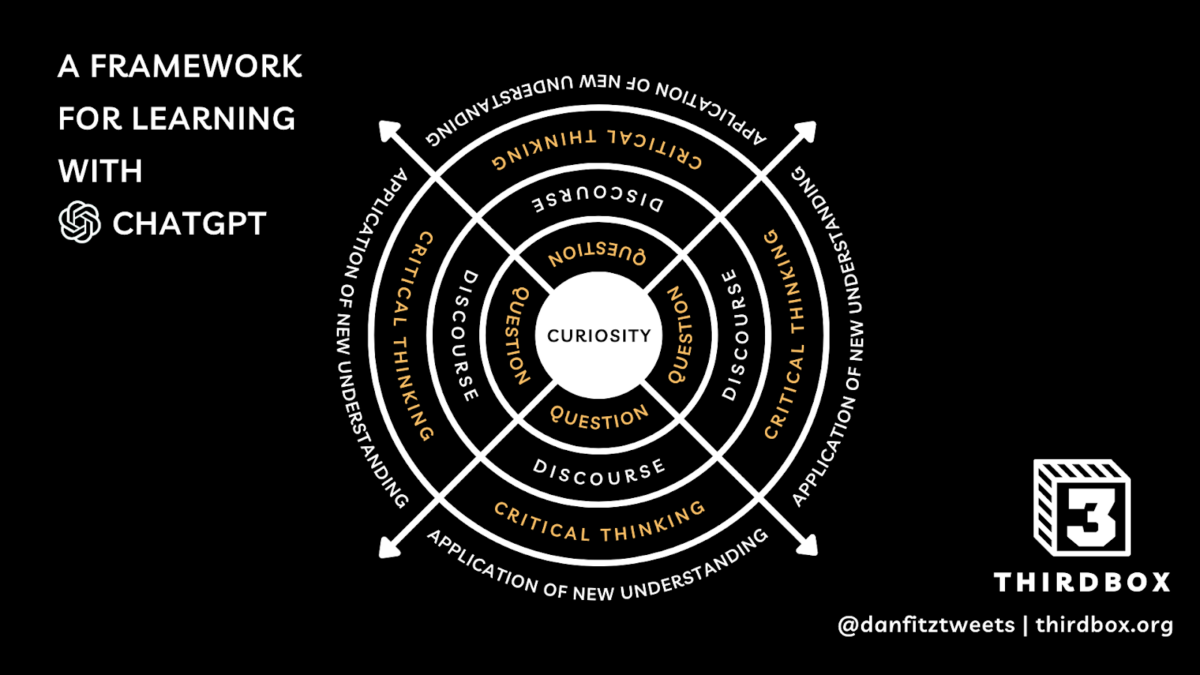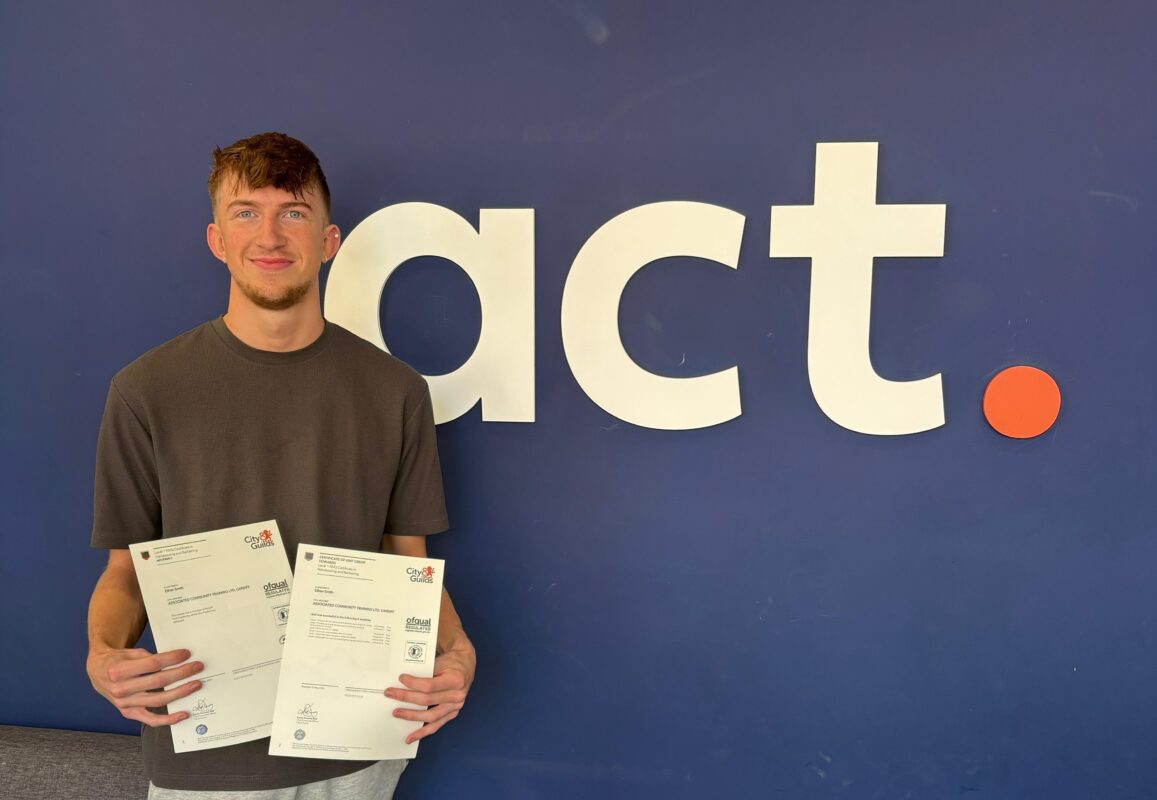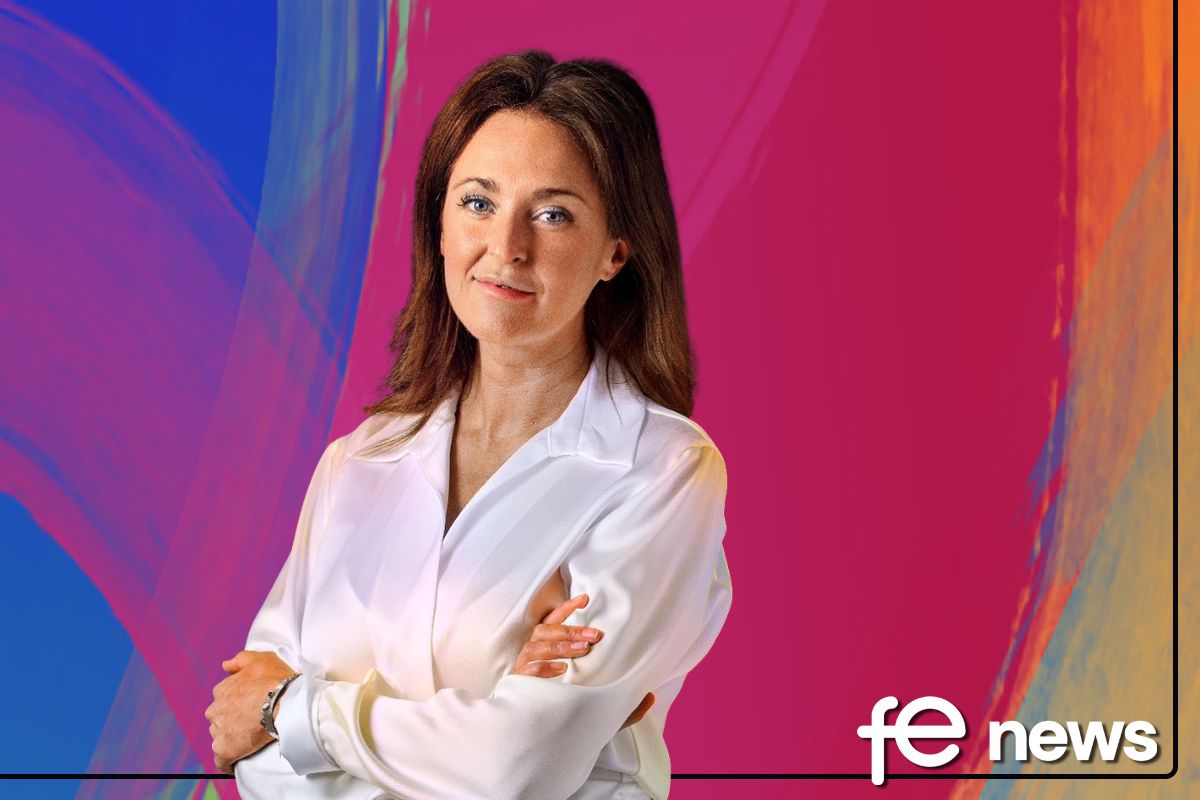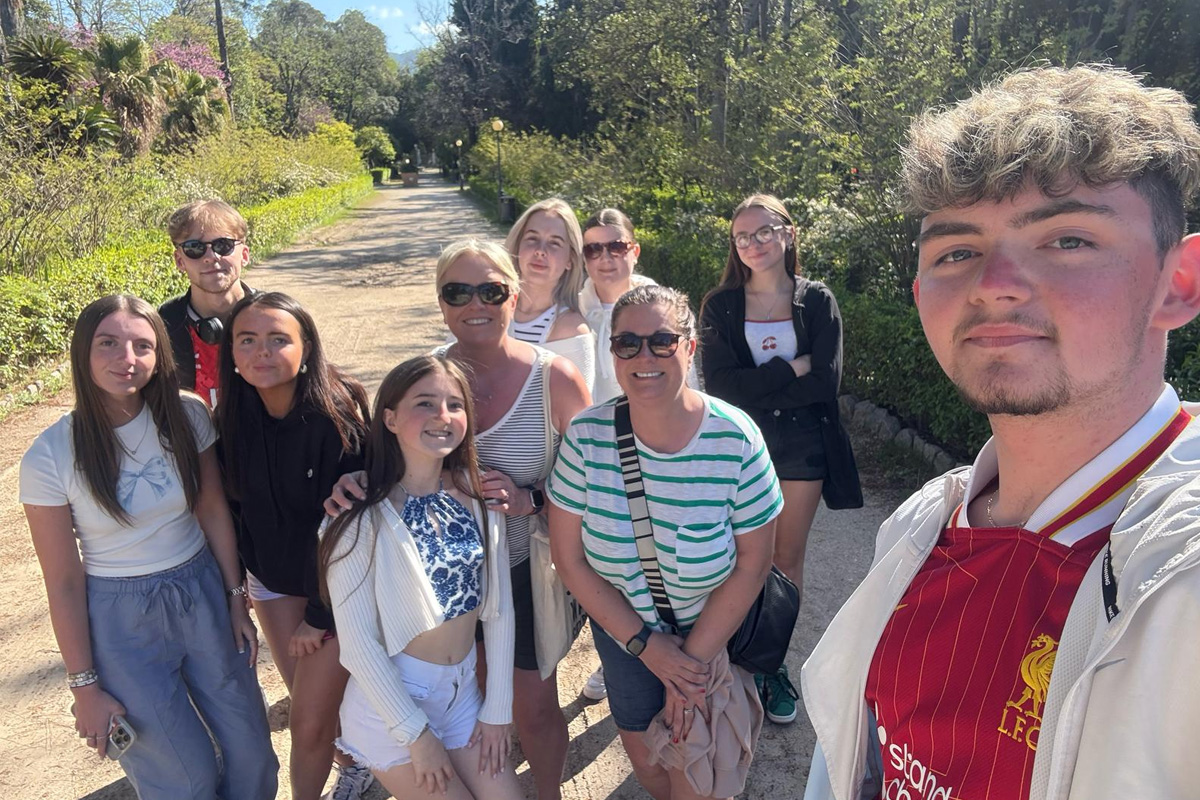Sit tight, ChatGPT is about to change everything.

Welcome to the future. AI can now write your lesson plans, create your lesson content, give feedback and be a second teacher to your students. But most importantly it’s going to revolutionise the education system.
“We’ll experience more technological progress in the coming decade than we did in the preceding 100 years put together.” McKinsey
For teachers and learners around the world, this quote from McKinsey just got real!
Have you ever wished you had a personal assistant that could write your lesson plans, create your lesson content, give feedback and be a second teacher to your students?
Enter ChatGPT.
Unless you’ve been living under a rock, then you’ve likely heard of the term ChatGPT over the last couple of weeks. There is a buzz around this technology that is not subsiding. Not everyone is seeing the positives. Many are unsure of how it will impact industries and even education. This has led to some schools even banning ChatGPT from being used.
As educational innovators we are tasked with ‘leaning into’ the technology and discovering ways we can use it for good. Believe me, the good that it can do will have you jumping for joy.
We can’t put ChatGPT back in the box and pretend it didn’t happen. It’s here and it’s here to stay.
This article will focus on the overwhelming benefits that this technology could have, and is having, on teacher workload and student learning.
What is it?
ChatGPT is an artificial intelligence system that can understand and respond to human language in the format of an instant messaging app. It’s like having your own personal robot assistant that you can talk to anytime, anywhere.
What does it do?
It utilises machine learning to simulate natural human conversation. The app is capable of answering questions on a wide range of topics, from history to science to maths, by understanding the context of the conversation and generating appropriate responses.
This impressive feat is made possible by the extensive training ChaptGPT received, which consisted of approximately 300 billion words from various sources on the internet. The training data, a massive 570 GB of information, included books, Wikipedia, research articles, webtexts, websites, and other forms of content and writing. ChaptGPT is able to provide users with intelligent, engaging conversation thanks to this extensive training process.
It will change your life
I have been sharing techniques and tips on Twitter recently about how this technology will transform the lives of teachers and educational leaders (that’s no exaggeration).
These are some of the responses:
‘It’s brilliant. Tech for good!’
‘Bloody hell that’s pretty impressive!’
@AGRlemma
‘Brilliant! The amount of things ChatGPT can be used for is astounding. Always love seeing more educational use cases which implement AI like this! I do think we will see heavy adoption within educational systems in the next 5 years.’
‘I remember the moment in 1999 my tutor at uni told me about Google. I wrote it down to look it up (on dial up in the library!) This is the next big one’
‘It’s clear to me that these reactions and the many more like them, are because of the hundreds of hours this technology could save teachers every year and the impact it will have on learning.’
Here are a few examples of how it will save teachers time:
I gave it a mark scheme and a sample student answer from an English Language exam paper.
It marked it accurately in 10 seconds.
I asked ChatGPT to write a lesson booklet for a Geography class. I specified the content headings and types of questions I wanted and hit ‘send’.
It completed over an hour worth of work in less than 2 mins. Complete with content, hinge questions, group tasks, stretch exercises and key word definitions.
I asked it to create a series of retrieval practice questions for a class on Photosynthesis, for a five day period. I made it clear that I wanted different question types based on Bloom’s Taxonomy.
You guessed it. I get them in seconds.
It will even do the admin for you. I asked it to create a curriculum intent document for parents and sure enough with some specific prompts it wrote me a comprehensive document.
It even translated it for the Ukrainian parents.
We are beginning to see innovative companies integrate this technology into purpose made platforms. A great example of this is Copilot. Copilot is a web app that creates courses for teachers, complete with lesson plan, handout and videos in a matter of seconds, based on only a few prompts.
There’s even a very useful PowerPoint creator in Copilot. This tool will create a 15 slide presentation for you based on just a couple of prompts.
In the hands of teachers around the world, this new technology is going to optimise their practice, save them a lot of time and give them their lives back.
That being said, I think this technology in the hands of students is going to revolutionise education.
It will change your students’ lives
There is a fear that students will now be able to ‘cheat’ by getting ChatGPT to write their work.
Students can ask the platform to write their essay. They can be clever and ask it to include spelling mistakes, so that their teacher doesn’t suspect it. They can even feed ChatGPT genuine work of theirs and ask it to write the essay in a similar style.
Trust me, this is already happening.
We will soon find ourselves in a position where teachers create lessons, resources and tasks using AI, the student completes it using AI and then AI marks AI’s work. Sound crazy? That’s because we’re soon going to find ourselves in an education system that is outdated in comparison to the advancements of technology.
Innovation is needed.
Of course, the easy solutions will be attractive to many educators. Ban the technology. Create AI detecting tools (that AI learns to outsmart). Governments will even consider legislating against it.
There is another solution. We explore how artificial intelligence can transform the experience of learning for our students.
Here’s 10 thoughts:
- Students enter a dialogue with ChatGPT about how they can improve their work. Questioning the machine and digging deeper into the ‘why’ and ‘how’ of self-improvement. In this way students are able to progress in their learning without having to hand work in and wait for feedback.
- A student wants to start their own business and chats with ChatGPT about how to launch a service, create a website and market it online. They have a discourse with it for a few weeks as they ask for further tips and to write the copy for their social media posts.
- Students ask ChatGPT to scaffold the topic they are working on. They instruct it to simplify the language and create tasks that help them engage with the content and understand it in a new way.
- Students have access to ChatGPT from anywhere and at any time, without the need for them to wait to see a teacher. Questions relating to their learning can be asked immediately and not kept for the next lesson.
- Students who are struggling with their mental health can ask for strategies to help them. They can confide in it and receive guidance on where to find help.
- Students are guided by ChatGPT on how to prepare for an interview. They then practice with ChatGPT and at the end it gives them feedback and advice for improvement.
- Students interrogate ChatGPT about life. They discover new philosophies and theories from Aristotle to Descartes, helping them develop their critical thinking ability.
- A student is finding it difficult to talk confidently with adults and asks ChatGPT for some guidance and techniques on how to develop their communication skills.
- A student is finding it difficult to decide which course to take and needs some guidance on how their decisions will impact their future career.
- A student is teaching themselves how to code a website and asks ChatGPT to check their code for errors and suggest improvements.
Now, you might say the teacher can do all of these things, but can they be there all of the time? Will a student feel comfortable asking a teacher all of these questions? Would a teacher have the specialist knowledge or skills to deal with all of these questions?
So what could be the future?
I’m not suggesting that teachers will be replaced by AI, but they could be replaced by teachers who use AI.
As AI becomes more useful it’s going to free up educators to focus on the more human side of education. To be a facilitator and a guide. It’s going to become more important to build students’ skills that help them become independent thinkers and agents of their own learning.
In this framework for learning with ChatGPT below, I advocate for curiosity at the heart of the process. If students are going to be empowered to take agency of their learning then they must be given the freedom to pursue their curiosity. The teacher can then develop their skills of questioning, discourse, critical analysis and application.

I have come to the realisation that ChatGPT and platforms such as Copilot will optimise the current ways of working and make teachers’ lives better for it. However there is a much larger transformation on the horizon.
AI technology will bring about transformation that empowers learners to take agency of their learning.

Dan Fitzpatrick is the Strategic Lead for Digital Skills at Education Partnership North East, Director at Edufuturists and founder of ThirdBox. He has a background in leadership, media and school governance. He was awarded the Tech Champion Award at the Digital Industry Dynamite Awards 2022 and featured in the latest EdTech50.











Responses